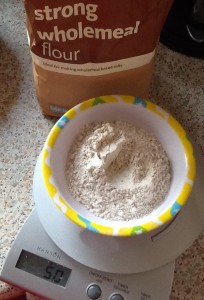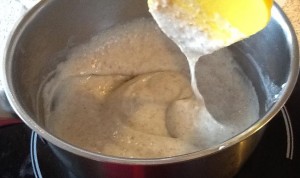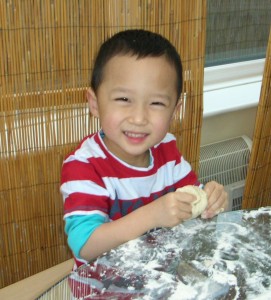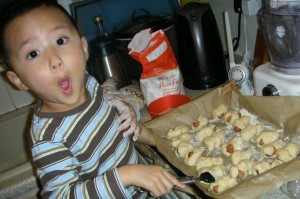This is my ‘baby’ brother’s favourite (though he is not really a baby anymore –at 30 years of age this year!). I remember the first time he gave me a piece of cotton cheese cake (Japanese Cheesecake) from the night market in Malaysia saying that it’s the best cake ever. I must admit, I did fall in love with it even with the conscious thought that it contains loads of cheese i.e. calories! This cheesecake is slightly different than your ‘usual’, it is slightly salty and lemony and not too sweet. It has a smooth, soft and has a velvety texture. I am a sucker for cake and bread that has a soft cotton texture and this cake taste just that, soft like cotton and melts in your mouth…Mmmmmm…..craving for a piece now!
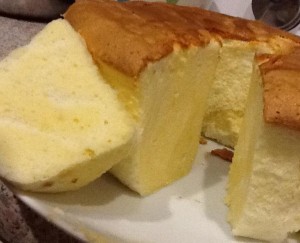 I have made this cake a many times and must admit that it didn’t really turn out right ALL the time. I am rubbish at beating egg whites (its hard work) to make it into a meringue consistency, and this is important. Recently I bought a stand mixer (my new toy) and used that to make this cheesecake…it was a success.
I have made this cake a many times and must admit that it didn’t really turn out right ALL the time. I am rubbish at beating egg whites (its hard work) to make it into a meringue consistency, and this is important. Recently I bought a stand mixer (my new toy) and used that to make this cheesecake…it was a success.
There are 3 problems that I have encountered:
1) Top half of the cake is lovely and fluffy whereas the bottom of the cake is dense and heavy
Possible reason: I didn’t mix the batter evenly and the heavy batter sinks to the bottom during baking
Solution: Mix the batter evenly with a mixer with 1/3 of the egg whites prior to folding the remaining 2/3 egg whites…taking care not to over mixing
2) Cake sinks during cooling
Possible reason: Cake cooled too fast
Solution: Leave cake to cool in oven for 1 hour with the oven door opened
3) Top of cake cracks during baking
Possible reason: oven heat too hot
Solution: Reduce heat
Ingredients
(adapted from Diana’s Desserts)
- 250 g cream cheese
- 50 g butter
- 100 ml fresh milk
- 6 egg yolks
- ¼ tsp lemon essence
- 60 g self raising flour
- 20 g corn flour (corn starch)
- 140 g caster sugar
- 6 egg whites
- ¼ tsp cream of tartar
Note: I omitted lemon juice and salt from the original recipe and still find the cake slightly salty
Method
1) In a large bowl, combine and melt cream cheese, butter and milk over a double boiler (place the bowl over simmering water without letting the bowl touch the water).
2) Leave the cheese mixture to cool and beat the egg yolk and lemon essence.
3) Carefully sift and fold in the self raising flour and corn flour into the cheese mixture and set a side.
4) Beat egg whites in a large clean (oil and water free) metal bowl until frothy and add the cream of tartar into the egg whites. Continue beating and add the sugar in three portions beating in between each addition.
5) Fold in the egg whites using a spatula into the cream cheese. Add the first 1/3 beaten egg white more rigorously than the 2/3 beaten egg.
6) Pour the cheese batter into lined baking tray(s) / tin(s).
7) Place the baking tray(s) / tin(s) into a container filled with water (water submerging half of the tray(s) / tin(s) and bake for 2 hours in a preheated 150 degrees C oven.
You may need to adjust the temperature and time depending on your oven; you know your oven best.
8) When cooked, turn off the oven and leave the oven door ajar. Leave the cake to cool in the oven for 1 hour.
9) Store in the refrigerator and ENJOY.
My cotton cheesecake tends to be gone before we need to store it in the fridge!


 I have made this cake a many times and must admit that it didn’t really turn out right ALL the time. I am rubbish at beating egg whites (its hard work) to make it into a meringue consistency, and this is important. Recently I bought a stand mixer (my new toy) and used that to make this cheesecake…it was a success.
I have made this cake a many times and must admit that it didn’t really turn out right ALL the time. I am rubbish at beating egg whites (its hard work) to make it into a meringue consistency, and this is important. Recently I bought a stand mixer (my new toy) and used that to make this cheesecake…it was a success.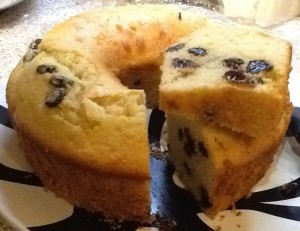
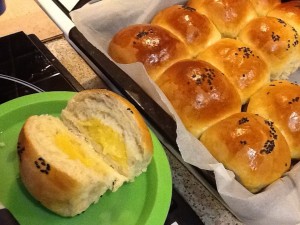 Mmmmm sweet custard buns, my all time favourite! Hubby was craving for them and asked if I could make some. I have never made the custard filling for buns before. Here is how I’ve done it, first attempt and it was scrumptious, definitely deserve a pat on the back.
Mmmmm sweet custard buns, my all time favourite! Hubby was craving for them and asked if I could make some. I have never made the custard filling for buns before. Here is how I’ve done it, first attempt and it was scrumptious, definitely deserve a pat on the back.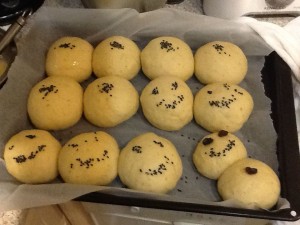
![390673_10150467789126141_672476140_10604760_1169216732_n[1]](https://www.settyslifeathome.com/wp-content/uploads/2011/12/390673_10150467789126141_672476140_10604760_1169216732_n1-300x225.jpg)
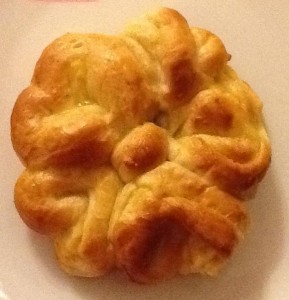
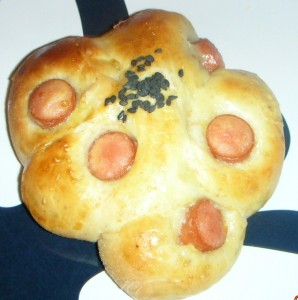
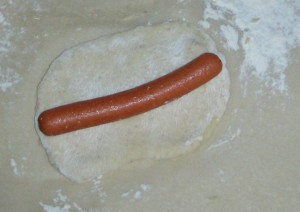
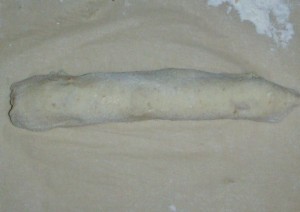
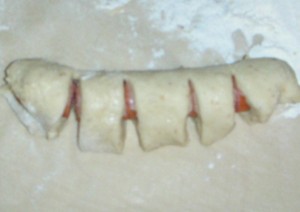
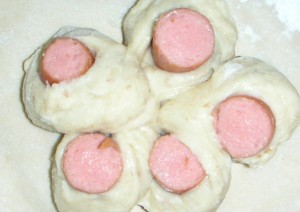
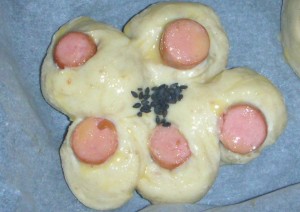
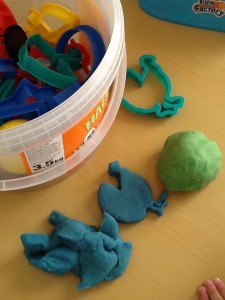 All kids love play dough, mine is no exception. There is no cheaper way than making your own. These lovely homemade dough keeps Ethan occupied for hours while I make dinner or bake. They are made from ‘non-toxic’ food ingredients and preserved with salt. Just keep the dough in air tight containers and they can lasts for months. For budding artists, you can use them as modelling clays. My little artist would make little figurines, leave them to dry and harden, then paint the harden dough afters. They are loads of fun.
All kids love play dough, mine is no exception. There is no cheaper way than making your own. These lovely homemade dough keeps Ethan occupied for hours while I make dinner or bake. They are made from ‘non-toxic’ food ingredients and preserved with salt. Just keep the dough in air tight containers and they can lasts for months. For budding artists, you can use them as modelling clays. My little artist would make little figurines, leave them to dry and harden, then paint the harden dough afters. They are loads of fun.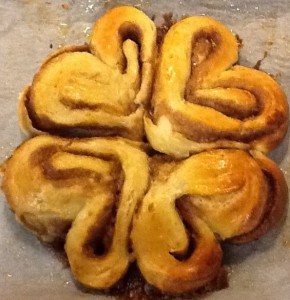
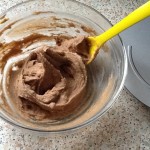
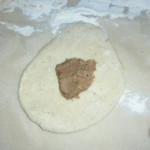
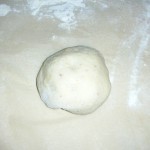
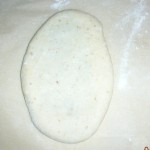
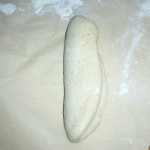
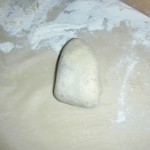
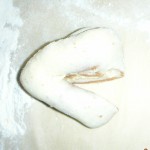
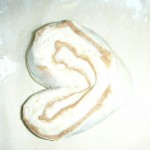
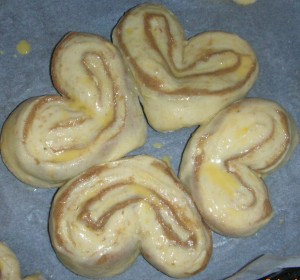
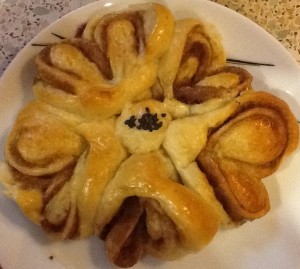
 I have been making bread and posting it on my Facebook pages for the last 2 weeks. The pictures stirred up a little storm and a few friends have shown interest. We decided to get together in our weekly play date session and arranged to make bread with the kiddies (bread making class 001, LOL). A few mummies and kiddies could not make it, but for those who could make it, we had fun and went back with yummy sausage rolls.
I have been making bread and posting it on my Facebook pages for the last 2 weeks. The pictures stirred up a little storm and a few friends have shown interest. We decided to get together in our weekly play date session and arranged to make bread with the kiddies (bread making class 001, LOL). A few mummies and kiddies could not make it, but for those who could make it, we had fun and went back with yummy sausage rolls.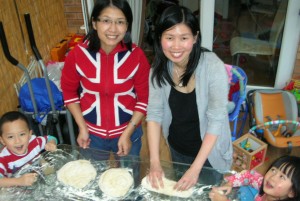
![393242_10150471712771141_672476140_10621604_442124937_n[1]](https://www.settyslifeathome.com/wp-content/uploads/2011/12/393242_10150471712771141_672476140_10621604_442124937_n1-150x150.jpg)
![316865_10150471906911141_672476140_10622079_1619250639_n[1]](https://www.settyslifeathome.com/wp-content/uploads/2011/12/316865_10150471906911141_672476140_10622079_1619250639_n1-e1323046379988-150x150.jpg)
